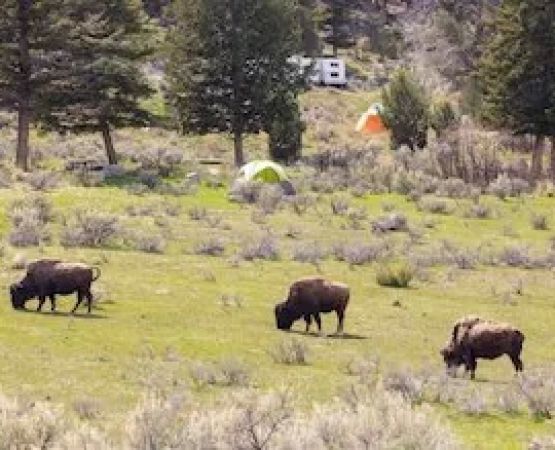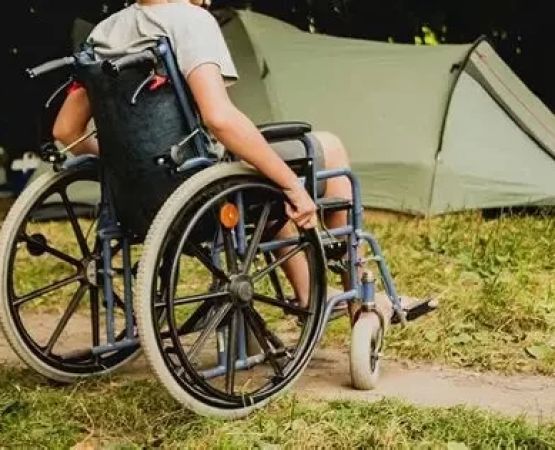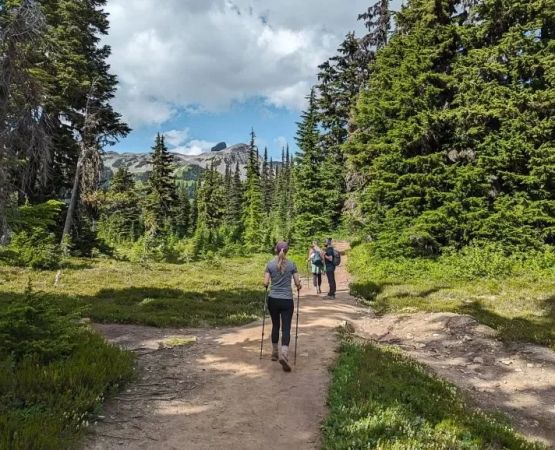- how-to-use-a-multi-fuel-stove-for-versatility-basics
- understanding-different-fuel-types-and-their-benefits
- step-by-step-how-to-operate-a-multi-fuel-stove-safely
- real-world-camping-examples-using-multi-fuel-stoves
- advanced-tips-for-getting-more-versatility-from-your-stove
- how-pine-cliff-resort-helps-you-choose-the-right-gear
1. Using a Multi-Fuel Stove for Versatility: The Basics
Learning how to use a multi-fuel stove for versatility is one of the most valuable skills for anyone who camps, backpacks, or spends extended time outdoors. These stoves are designed to burn more than one type of fuel, giving you dependable cooking power whether you’re in the mountains, forests, or desert terrain.
Many experienced outdoor travelers describe multi-fuel stoves as the “Swiss Army knife” of cooking gear. Their flexibility makes them especially useful for long trips where you can’t rely on finding a single type of fuel. Whether using white gas, kerosene, or unleaded gas, a multi-fuel stove adapts to your situation with surprising ease.
2. Understanding Different Fuel Types and Their Benefits
2.1 White Gas for High Performance
White gas is popular for its clean burn and strong flame. It performs well in cold temperatures, making it ideal for winter camping or high-altitude trips. Many mountaineers prefer it because it heats quickly and doesn’t leave heavy residue.
2.2 Kerosene for Stability and Availability
Kerosene burns slower and steadier, which can make simmering easier. In certain parts of the world, kerosene is also easier to find than other fuel types, which is why international backpackers often rely on it.
2.3 Unleaded Gas for Convenience
If you’re traveling by car or RV, unleaded gasoline becomes a convenient choice. It’s available almost everywhere and works well in emergencies, though it may leave more residue behind—something your stove maintenance routine needs to account for.
2.4 Alternative Fuels in Extreme Situations
Some stoves also accept diesel or aviation fuel. While these options aren’t typical for leisure camping, they can be lifesavers in remote regions or long expeditions where standard fuels aren’t reachable.
3. Step-by-Step: How to Operate a Multi-Fuel Stove Safely
3.1 Preparing the Stove
Before fueling your stove, check seals, hoses, and the pump. A quick inspection helps prevent leaks and ensures consistent pressure—two things essential for safe and efficient cooking.
3.2 Priming the Burner
Most multi-fuel stoves require priming, especially when using liquid fuels. This step warms the fuel line so the stove vaporizes fuel properly. A small amount of fuel is burned initially to create the vapor needed for strong, steady flame output.
3.3 Adjusting the Flame for Cooking
One of the biggest advantages of multi-fuel stoves is the ability to control heat levels. From rapid boiling to gentle simmering, mastering flame adjustment makes camp cooking feel more like using a home kitchen.
3.4 Simple Maintenance to Extend Stove Life
After use, clean the fuel line and burner to prevent clogging. Residue build-up is normal with multi-fuel stoves, especially when using gasoline or kerosene, so regular maintenance keeps your stove reliable for years.
4. Real-World Camping Examples Using Multi-Fuel Stoves
A traveler once shared a story of being caught in a surprise cold snap in Utah’s plateau country. His canister stove failed due to freezing temperatures, but his multi-fuel stove—running on white gas—lit instantly and boiled water for coffee within minutes. He said that moment “turned a miserable morning into a memorable one.”
Another group of backpackers recalled their trip through rural Montana, where canister fuel was impossible to find. Their multi-fuel stove ran perfectly on gasoline purchased from a tiny roadside station, proving just how versatile these stoves are when conditions change unexpectedly.
These real-life situations highlight the practicality and reliability that make multi-fuel stoves a favorite among seasoned outdoor adventurers.
5. Advanced Tips for Getting More Versatility from Your Stove
5.1 Pair the Right Cookware with Your Stove
Wider pots distribute heat more evenly, making simmering easier. Stainless steel offers durability, while aluminum heats faster—both choices have benefits depending on your cooking style.
5.2 Use Windscreens for Efficiency
A simple windscreen dramatically improves stove performance. It protects the flame, reduces fuel usage, and speeds up cook time. In windy regions, it can be the difference between a quick meal and a long wait.
5.3 Master Fuel Switching Techniques
Switching fuels can change how your stove behaves. Practicing fuel swaps at home helps you understand burn characteristics before facing unpredictable conditions on the trail.
6. How Pine Cliff Resort Helps You Choose the Right Gear
Pine Cliff Resort is known for guiding outdoor enthusiasts toward reliable gear tailored to their needs. If you are learning how to use a multi-fuel stove for versatility, the resort’s curated recommendations and outdoor services help you understand which stoves, fuels, and accessories perform best in different environments.
Whether you're preparing for a long backpacking trip, a weekend at the lake, or a remote camping adventure, Pine Cliff Resort ensures you have the right tools to cook confidently in any setting.







